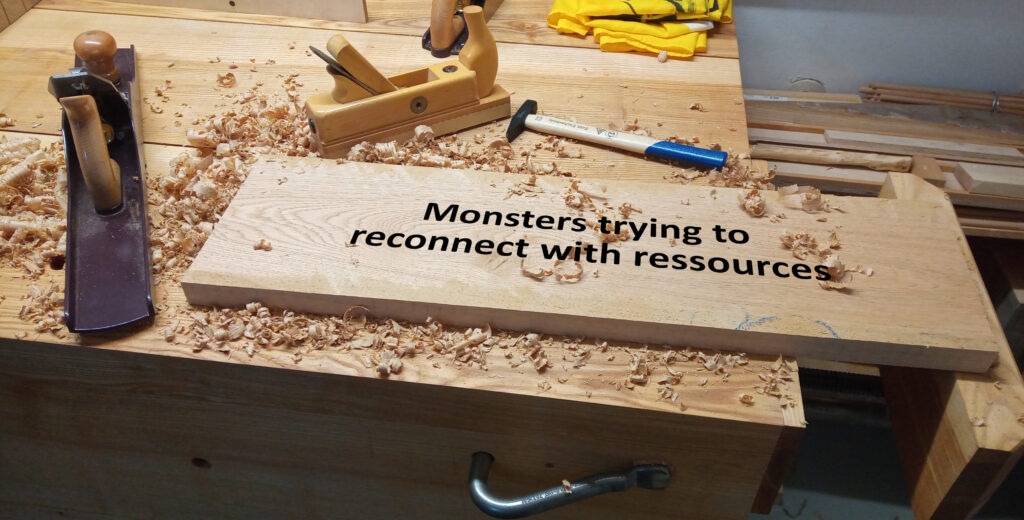How Resources formed the Post-War Human

Diese Folge erscheint ausschließlich in Englischer Sprache.
For this episode, we have invited Timothy LeCain (Montana State University in Bozeman) – a real monster, according to him. Together with him, Pia and Dominic discuss what makes him a monster and why we humans of the 20th and 21st centuries might all be „monsters“ in some way. And why this is an observation that is also important for us archaeologists when it comes to establishing a „connection“ with the past. The episode was produced as a follow-up to Timothy’s talk at ReForm, which we linked at the end of this page.
We also talk about the paradox that we own more and more things and yet live in an „immaterial world“. So it’s about monsters, crafts, how the invention of the automobile has unconsciously changed us and much more.
More about Timothy: About — LeCAIN (timothyjameslecain.com)
Wir haben uns mit Timothy LeCain (Montana State University in Bozeman) für diese Folge ein – so seine Aussage – echtes Monster eingeladen. Was ihn zu einem Monster macht und warum wir Menschen des 20. und 21. Jahrhunderts in gewisser Weise alle vielleicht „Monster“ sind, das erörtern Pia und Dominic gemeinsam mit ihm. Und warum dies eine Feststellung ist, die auch für uns Archäolog:innen wichtig ist, wenn es darum geht eine „Verbindung“ mit der Vergangenheit herzustellen.
Die Folge entstand im Nachgang an Timothys Vortrag im Rahmen von ReForm, den wir euch unten verlinken.
Wir sprechen auch über das Paradoxon, dass wir zwar immer mehr Dinge besitzen und doch in einer „immaterial World“ leben. Es geht also um Monster, Handwerk, wie die Erfindung des Automobils uns unbewusst verändert hat und einiges mehr.
